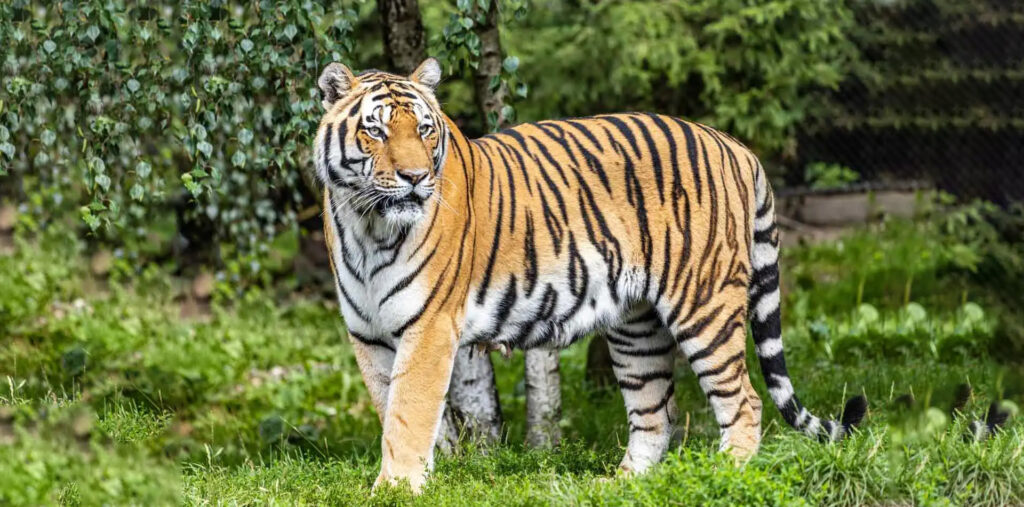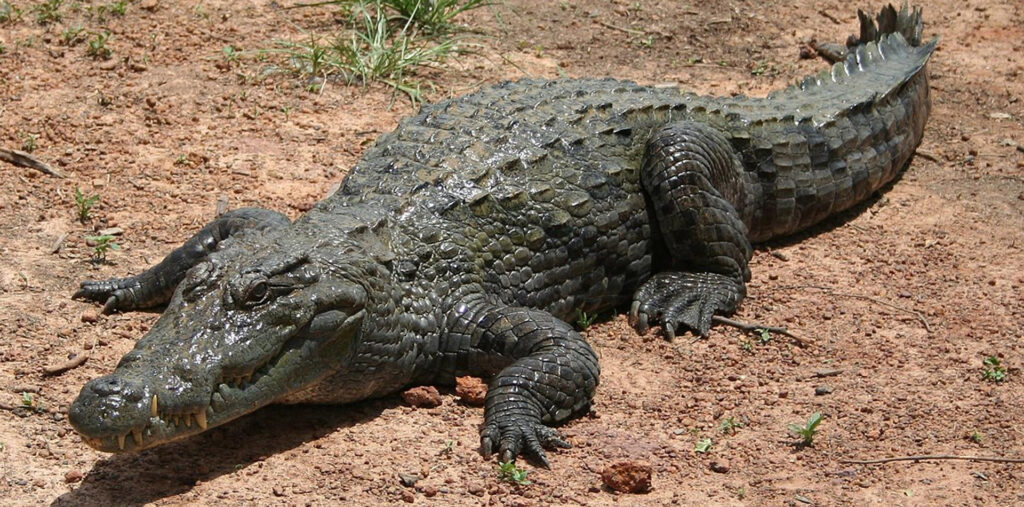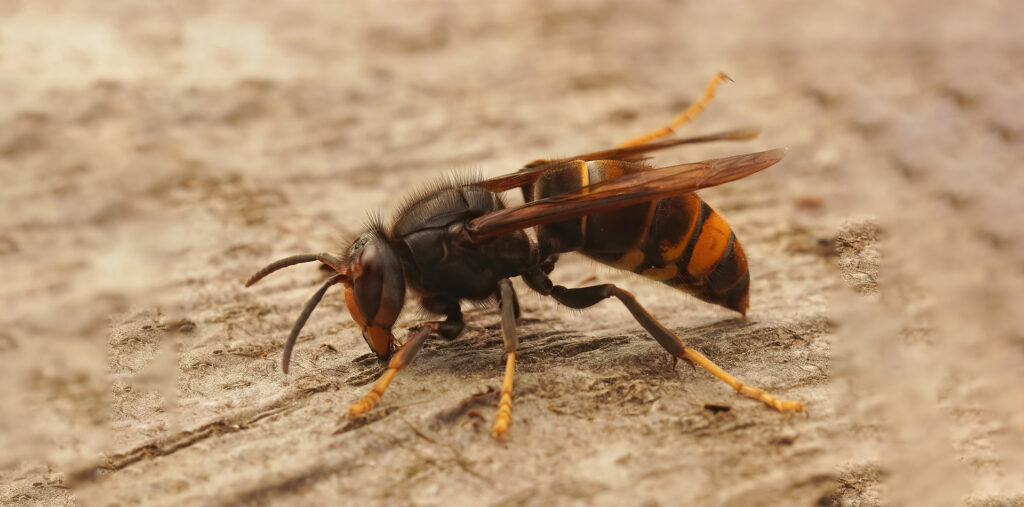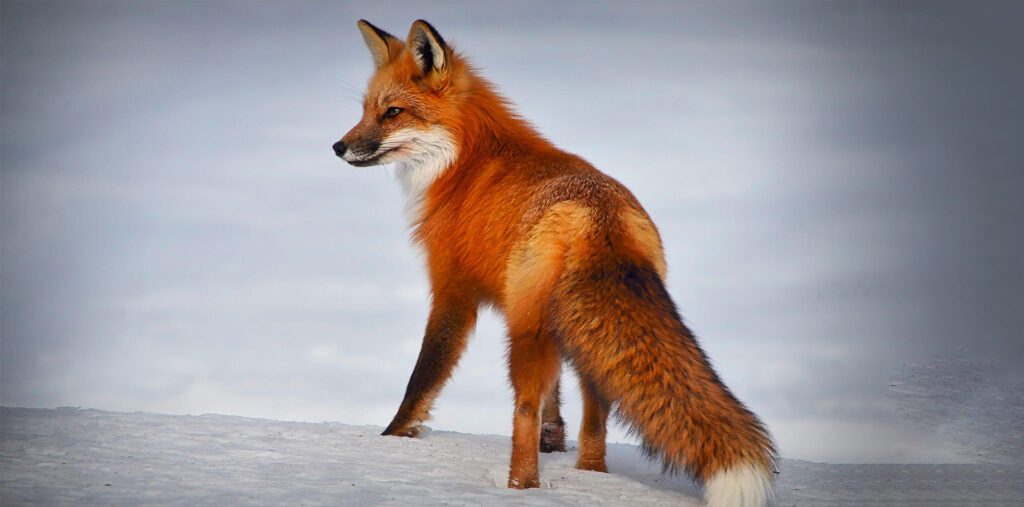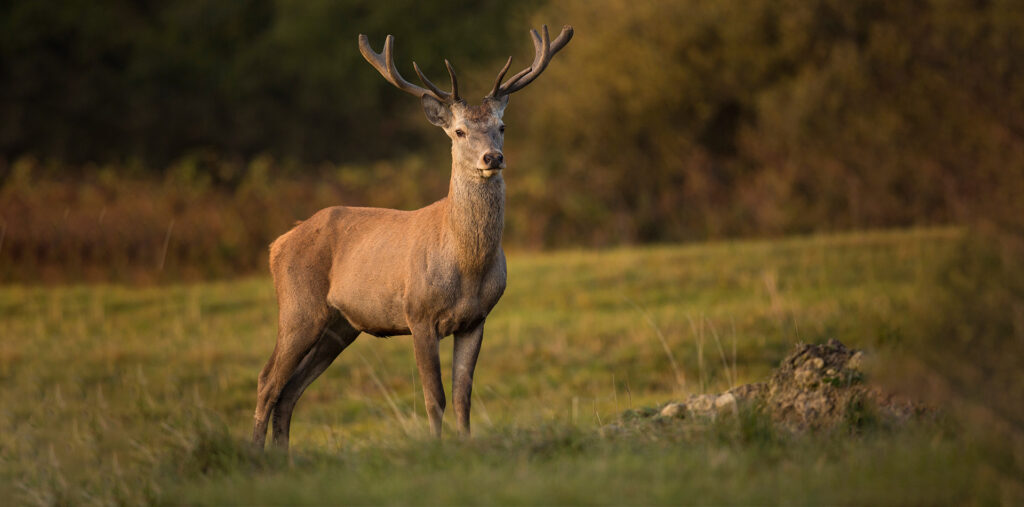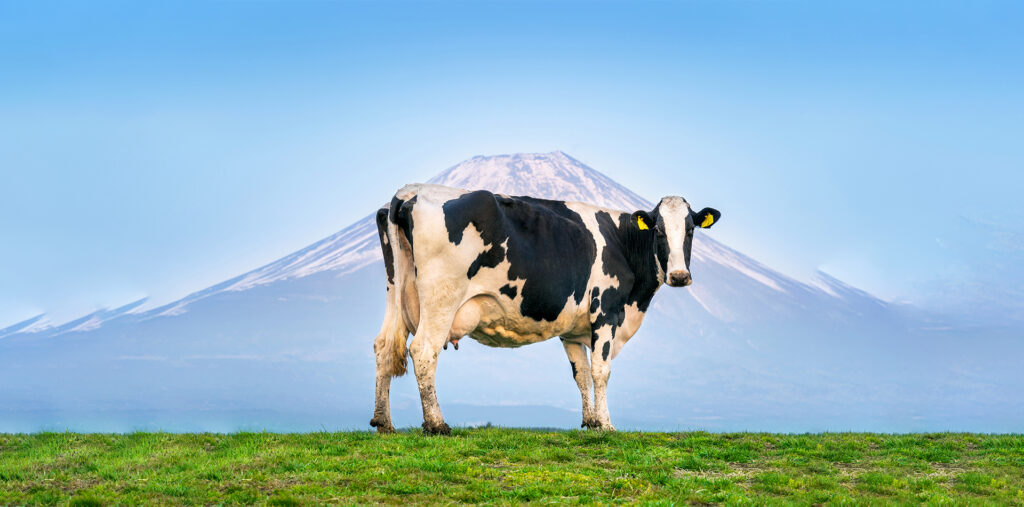Meet with Bison

Welcome to our immersive exploration of the majestic bison, an iconic symbol of the American West and a testament to the resilience of nature. From their towering presence on the Great Plains to their cultural significance among indigenous peoples, bison hold a special place in the hearts and minds of people around the world. In this “Unveiling the Magnificent Bison: A Symbol of Strength, Resilience, and Conservation” blog post, we’ll delve into the fascinating world of bison, from their history and habitat to their conservation status and ecological importance.
History and Cultural Significance:
Bison, also known as American buffalo, have played a central role in the history and culture of North America for thousands of years. Indigenous peoples revered bison as sacred animals, relying on them for food, clothing, shelter, and spiritual sustenance. Bison also played a vital role in shaping the landscape of the Great Plains through their grazing habits, which helped maintain the health and diversity of prairie ecosystems.
Physical Characteristics:
Bison are massive, muscular mammals with distinctive humped shoulders, shaggy coats, and massive heads adorned with sharp horns. They can weigh up to 2,000 pounds and stand over six feet tall at the shoulder, making them one of the largest land mammals in North America. Despite their imposing size, bison are surprisingly agile and can reach speeds of up to 35 miles per hour when running.
Habitat and Behavior:
Historically, bison roamed across vast expanses of grasslands and prairies in North America, from Canada to Mexico. They are highly social animals, living in large herds led by dominant males known as bulls. Bison are well-adapted to their grassland habitat, with specialized digestive systems that allow them to efficiently digest tough prairie grasses.
Conservation Status and Challenges:
Despite their cultural significance and ecological importance, bison populations plummeted dramatically in the 19th century due to overhunting, habitat loss, and disease. By the late 1800s, bison were on the brink of extinction, with only a few hundred individuals remaining in isolated herds. Thanks to conservation efforts and the establishment of protected areas such as national parks and reserves, bison populations have rebounded in recent years, although they still face threats from habitat fragmentation, climate change, and conflicts with humans.
Bison are not just symbols of the American West; they are ambassadors of resilience, strength, and conservation. By learning more about these magnificent creatures and supporting efforts to protect their habitat and populations, we can ensure that future generations will continue to marvel at the sight of bison roaming the prairies and grasslands of North America. Together, we can help secure a brighter future for this iconic species and the ecosystems they call home.
